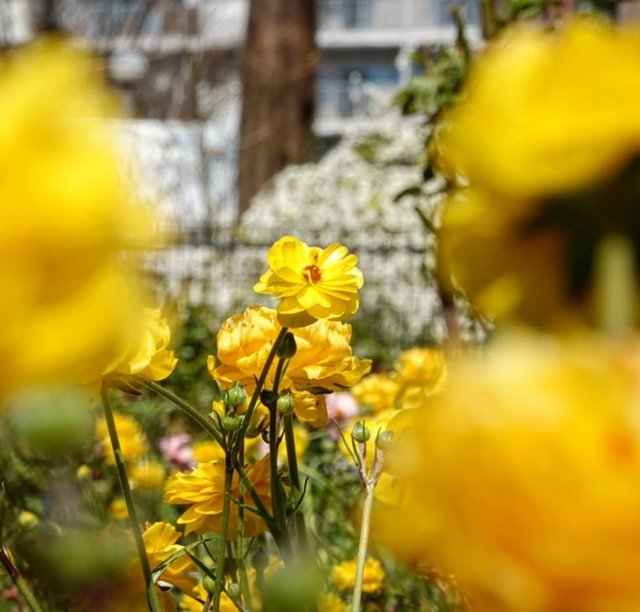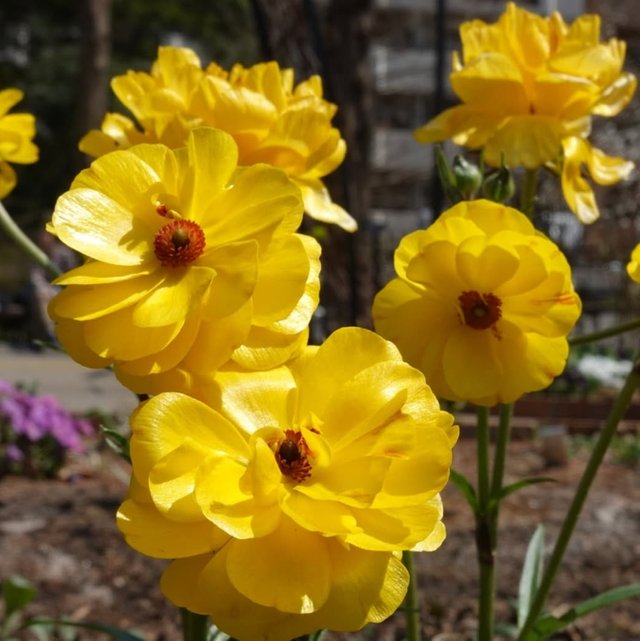So Beautiful Pot Marigold Flower
Pot Marigold: Nature’s Golden Healer
When we think of vibrant, sunny flowers that bring both cheer and healing to the garden, Pot Marigold—also known as Calendula officinalis—stands tall among the rest. With its bright orange and yellow blooms, velvety petals, and centuries of medicinal use, Pot Marigold is more than just a pretty flower. It’s a botanical powerhouse with a rich history, potent healing properties, and versatile uses in everything from herbal medicine to skin care.
Origins and Botanical Profile
Pot Marigold is a member of the Asteraceae family and is native to southern Europe and parts of the Mediterranean. The plant typically grows to about 12-24 inches tall and thrives in temperate climates. Its name "Calendula" comes from the Latin calendae, meaning "little calendar" or "little clock," because it was said to bloom on the first day of every month. The “Pot” in its common name refers to its traditional use in soups and stews.
Despite often being confused with Tagetes marigold, Pot Marigold is a different species altogether and should not be lumped in with its more decorative cousins.
Historical and Cultural Significance
Pot Marigold has been revered since ancient times. The Egyptians valued it for its rejuvenating properties, while the Greeks and Romans used it in religious rituals and culinary preparations. In medieval Europe, it was considered a symbol of constancy and endurance and was often used in tinctures and salves for treating minor wounds and skin irritations.
In India, marigolds hold spiritual significance and are used in garlands and religious offerings. Pot Marigold, while less commonly used in Indian rituals, shares in this symbolic heritage of purity and healing.
Medicinal Uses
The medicinal value of Pot Marigold lies in its resinous, anti-inflammatory, antifungal, and antibacterial properties. The flowers contain a wide range of beneficial compounds, including flavonoids, saponins, triterpenoids, and carotenoids.




%20(7).jpeg)